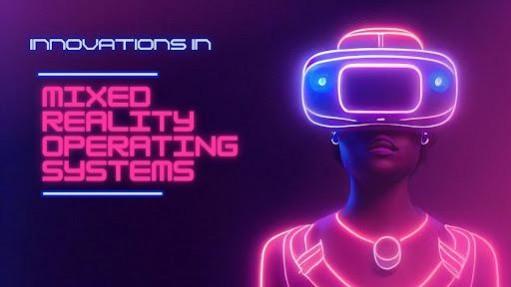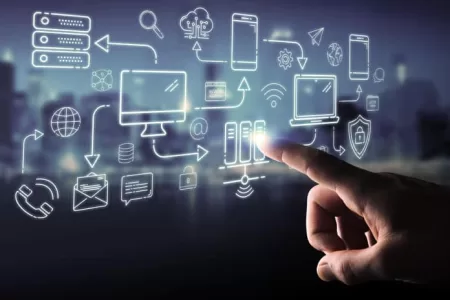Redefining Immersive Experiences: Innovations in Mixed Reality Operating Systems

In an ever-evolving technological landscape, Mixed Reality (MR) is emerging as a frontier for merging digital and physical realms. Somit Bhattacharya, an expert in this field, explores the intricate architecture and the innovations that drive MR Operating Systems in his latest research. The article delves into key technological advancements that enhance the reliability, performance, and security of MR systems, which are becoming increasingly pivotal across diverse industries.
The Backbone of Immersive Experiences: Sensor Integration
Sensor integration is a crucial component of MR systems, utilizing cameras, depth sensors, and inertial measurement units (IMUs) to merge digital overlays with the real world. Precise calibration ensures seamless interaction, with cameras capturing visual input and IMUs tracking orientation for stability. The real innovation lies in sensor fusion algorithms, which process data and manage challenges like lighting changes and rapid movement. These advancements enhance MR systems’ reliability, delivering immersive, responsive environments under varied conditions.
Rendering Engine: The Heart of Visual Reality
The rendering engine is central to the visual experience in MR systems, with breakthroughs like low-latency processing (asynchronous timewarp) reducing motion-to-photon delays to prevent disorientation. The engine’s ability to handle dynamic resolution scaling, shadow casting, and reflections enhances visual realism, allowing digital objects to blend seamlessly into the real world. Efficient GPU resource management further ensures that complex scenes are rendered smoothly without performance loss, making the system adaptable to varying application demands.
Spatial Computing Framework: Mapping the Physical World
MR systems rely on spatial computing frameworks to map and understand physical surroundings. Innovations in SLAM (Simultaneous Localization and Mapping) algorithms have improved spatial awareness, even in dynamic environments or across multiple sessions. This allows virtual objects to be accurately anchored in the real world. Workers can now access real-time data overlays in industries, boosting productivity and reducing errors. Additionally, MR systems support multi-user interactions, enabling shared experiences within the same virtual environment.
Enhancing Interactions: Input Processing Systems
Natural, intuitive interaction with virtual objects is essential for a positive MR user experience. Recent advancements in input processing include highly accurate gesture recognition systems, allowing seamless manipulation of virtual objects. Machine learning further enhances this capability. Voice recognition has also improved, enabling hands-free control with natural language processing that understands commands across accents and noisy environments. These innovations continue to enhance the accessibility and usability of MR technology in various applications.
Performance Optimization: Latency Management and Resource Allocation
Minimizing latency is crucial for a seamless MR experience. Predictive tracking algorithms, which anticipate user movements using historical data, help reduce perceived latency, allowing frames to be rendered before movement occurs. Efficient resource allocation between the CPU and GPU enables dynamic adjustments to varying workloads. For instance, more GPU power is allocated when rendering complex virtual environments, without affecting other processes. These strategies have greatly enhanced the performance and scalability of MR systems.
Securing the Digital Frontier: Enhancements in Security and Privacy
As MR systems become vital in sectors like healthcare, ensuring security is essential. Recent advancements in encryption protect sensitive sensor data and user inputs, while secure boot processes and real-time integrity checks guard against threats. Additionally, MR systems now feature biometric authentication methods, such as iris scanning and 3D face recognition, enhancing access security. Combined with context-aware access controls, these innovations ensure that sensitive data remains secure, offering users a personalized and protected experience.
In conclusion, innovations in MR Operating Systems are unlocking immense potential, with advancements in sensor integration, rendering engines, spatial computing, and security making MR systems more immersive and reliable. Somit Bhattacharya’s research emphasizes how these developments are shaping the future of human-computer interaction, enabling seamless integration of MR technologies into daily and professional life, and offering vast opportunities to transform engagement with both the digital and physical worlds.
